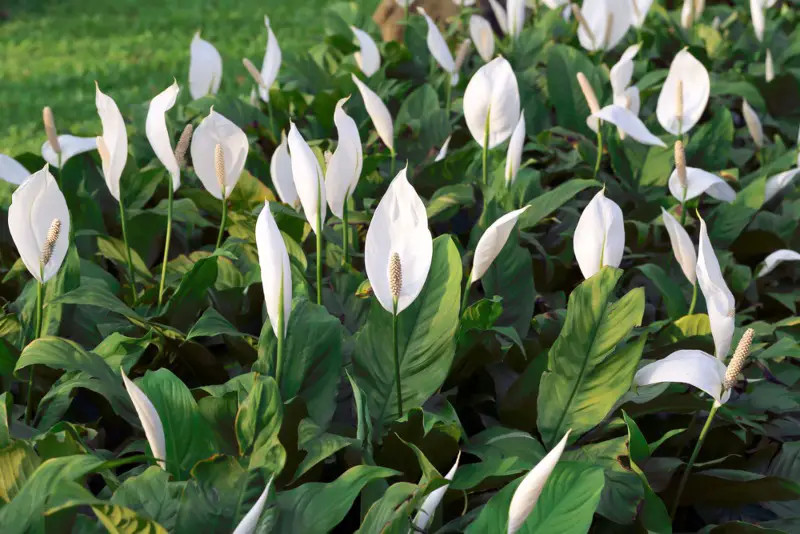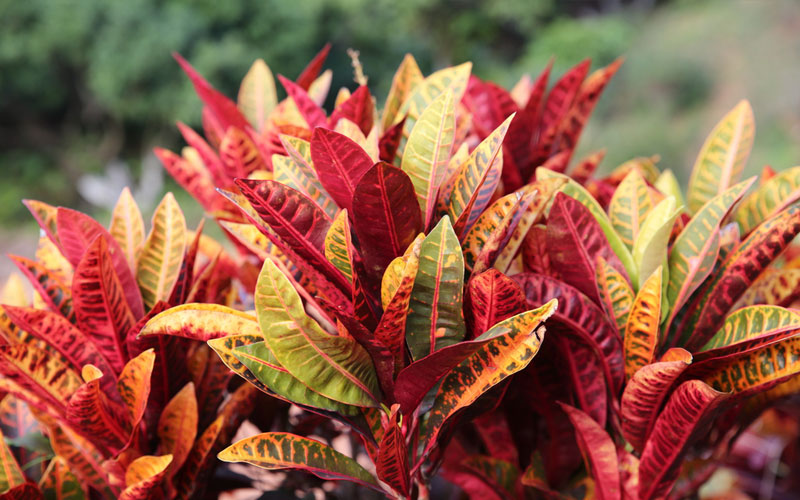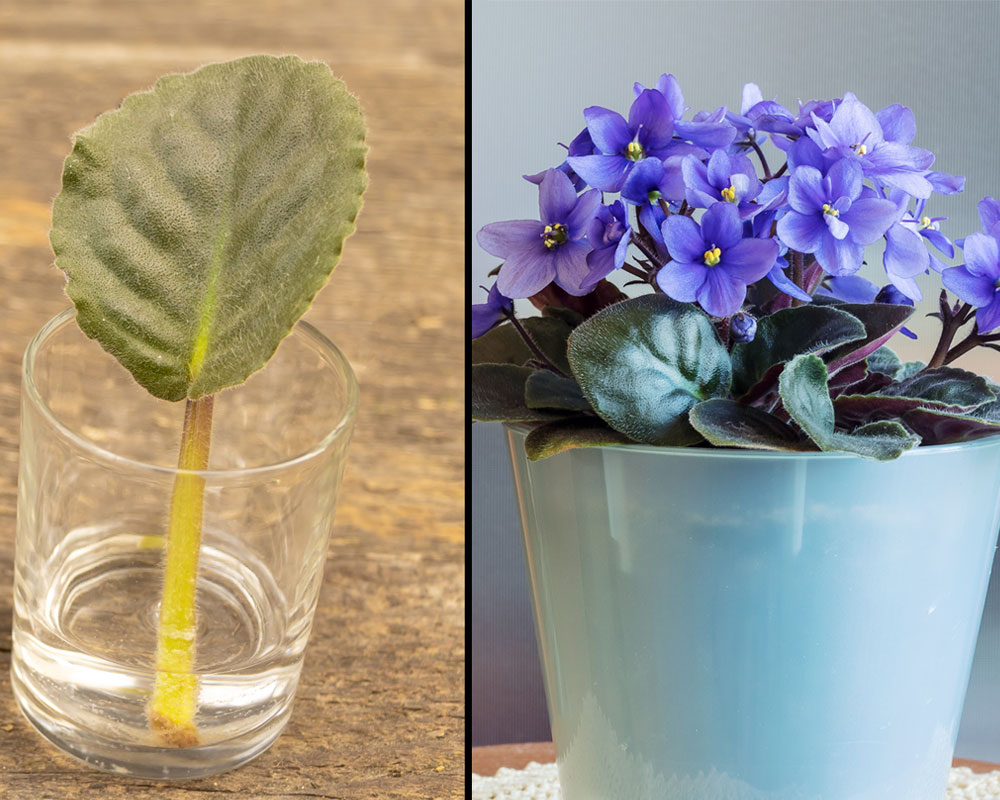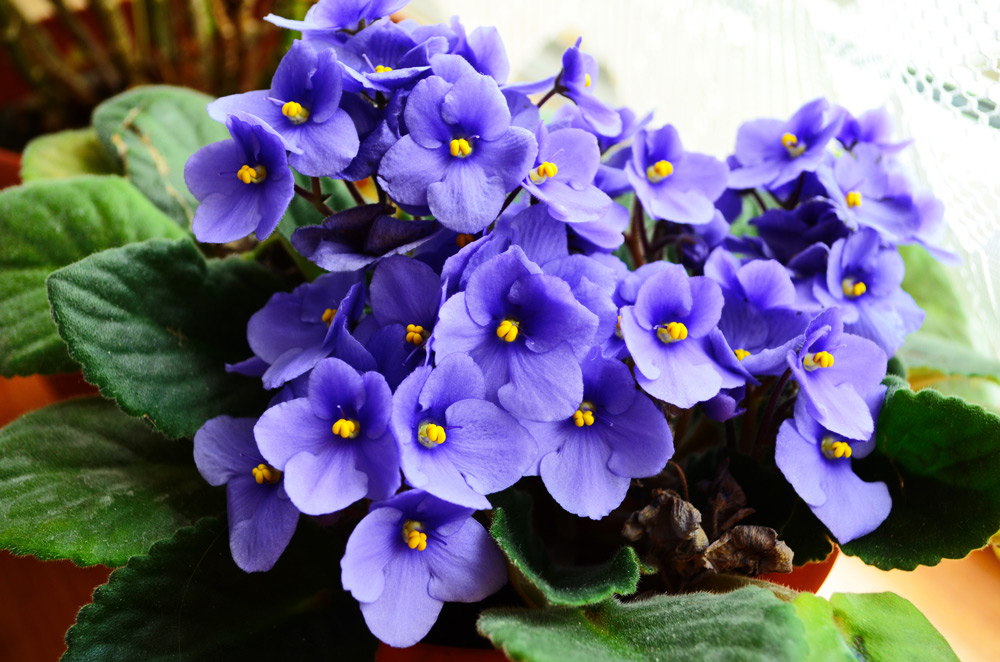
Living rooms are where you spend so much time, it’s always nice to make them look great as well as function well.
When you have plants in your living room, they clean the air and remove harmful chemicals like formaldehyde from the air.
They have also been shown to boost mood and lower stress. Adding plants to the decor is also a good way to redecorate and to bring some nature indoors.
Before you buy plants for the room, be sure that you know how much sunlight the room gets. This can help you to pick out plants that will thrive.
Anthurium

The anthurium has heart-shaped flowers that bloom in bright pink or red. The blooms last for several weeks, and the heart-shaped leaves are shiny. It needs bright light, but it must be indirect- no direct sunlight on it. It needs little water and can dry out in between waterings. They can be watered about once a week. A general, granulated fertilizer can be added to the soil twice a year.
Rubber Plant

Rubber pants have thick, glossy leaves and are easy to take care of. They like to have a lot of light, but it must be indirect. Not getting enough light can make leaves fall off and the plant to become leggy. The soil of your rubber plant should be moist consistently, but never over water it. Too much water can rot the roots. Letting it get too dry can stress the plant and leave it susceptible to leaf loss.
Peace Lily

The peace lily has large, white flowers that are spoon-shaped. The leaves are shiny and abundant. They bloom well in bright sunlight, but they will also grow in low to moderate sunlight. The top half of the soil can become dry before it’s time to water again. This plant also lets you know when it wants water by looking wilted when too dry. They are famously un-fussy plants that don’t need fertilizer.
Maranta

If your living room is low on patterns, a maranta may be perfect. It has an intricate pattern on the large, oval-shaped leaves. At night, it curls up, giving it the nickname prayer plant. It only needs moderate to bright sunlight that is indirect, and the soil can become a bit dry in between waterings. However, it thrives best when the soil is kept a little moist. The pot should have excellent drainage to keep its roots from rotting.
Pothos

A very popular houseplant, it’s hard to kill a pothos. It can be trained to grow to certain areas, or the waxy, heart-shaped leaves can be draped downward. It is fine in low and moderate light levels. It can dry out before it needs to be watered again. It needs very little care and does not need fertilizer. If you want to fertilize it, add a small amount of diluted liquid fertilizer once a month in the spring and summer.
Chinese Evergreen

This plant is low maintenance and keeps looking good even with little care. The leathery leaves are a lovely silvery-green color. It doesn’t need much water, light or humidity, making it perfect for darker living rooms. Water them only moderately, and allow them to dry out a little between waterings. Use a water-soluble fertilizer for houseplants about once a year. It may need pruning to keep it from getting too leggy.
English Ivy

English ivy is a great-looking vine with small leaves that are variegated. They need a moderate amount of light and often want brighter light during the colder months. They like to be kept a little dry, so don’t water until the soil feels dry. They are not picky about light and can be planted in full shade, partial sun or full sun. If you’re looking to grow it as a long vine, it can get up to 15′ long. You can also grow it from cuttings to create new plants.
Wax Plant

Also called hoya, this plant needs little care and will bloom in the summer with small, star-shaped flowers that come in white, cream and pale green. The plant will grow on a vertical surface or can be left to trail toward the ground. It needs bright light to bloom, but it will tolerate both medium and low light. With more sun it will produce more flowers. Let the soil dry out between waterings. To allow for more blooms, you can use a general fertilizer regularly during the spring and summer.
Swiss Cheese Plant

This unusual-looking plant has cutouts on its heart-shaped leaves, resembling the holes in Swiss cheese. It needs bright light that is indirect and is fine with partial shade. If it gets too much shade, however, the leaves will not open in their Swiss-cheese shapes. Water it a moderate amount with the soil getting dry in between waterings. It doesn’t have to be fertilized, but it can help to use a diluted, half-strength liquid fertilizer on it once a month during the spring and summer.
Aloe Vera

The aloe vera is especially good at purifying the air. It grows best when it can get full, direct sunlight for at least six hours a day. It will tolerate filtered sun or a little shade during midday. Like other succulents, they can be sensitive to additives in the water supply, so if your aloe vera isn’t thriving, try watering with distilled or filtered water. Water this plant infrequently, but make each watering a deep one.
African Violets

These plants have fuzzy green leaves and bloom with brightly colored flowers. They need indirect sunlight, as direct sunlight can scorch their leaves. Water it often enough that the soil is always slightly moist, but it should never be soggy or muddy. The pot should have excellent drainage so that the roots aren’t left in standing water. If you want to fertilize, use a specialty fertilizer that is made especially for these plants.













